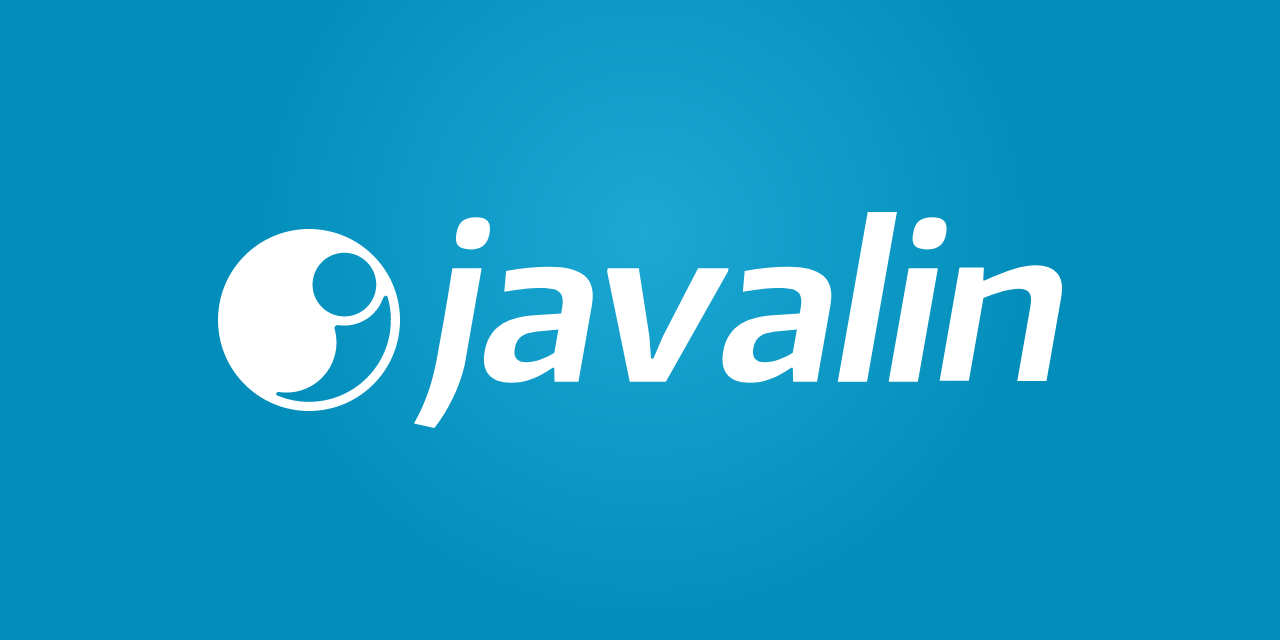Unleash the Power of Simplicity: Building Microservices with Javalin
 Christian Lehnert
Christian Lehnert
Feeling overwhelmed by the complexity of traditional web frameworks while building your microservices? Juggling boilerplate code, confusing APIs, and limited flexibility can hinder your development speed and enjoyment. Enter Javalin, a refreshing alternative in the web framework world.
Designed with Kotlin and Java in mind, Javalin brings simplicity and power to your microservice aspirations. Its concise syntax, intuitive API, and seamless interoperability make it a pleasure to use, enabling you to concentrate on what matters most: building robust and scalable microservices at lightning speed.
This blog post delves into the core of Javalin, highlighting its key strengths and guiding you through code examples to create your first microservice. Prepare to experience the freedom and efficiency of development like never before!
Unveiling Javalin's Core Strengths
In the realm of microservices, agility and efficiency reign supreme. Javalin rises to the challenge by providing you with a powerful combination of strengths that streamline your development and enable you to build exceptional microservices:
1. Elegant Conciseness: Say goodbye to being weighed down by mountains of boilerplate code. Javalin's minimal syntax allows you to express your microservice's logic effortlessly, resulting in code that is both readable and maintainable. Picture creating an entire API endpoint in just a few lines – Javalin makes it possible.
2. API Fluency Like a Stream: Say goodbye to puzzling over cryptic documentation. Javalin's intuitive API feels natural and easy to understand, even for those new to the framework. Defining routes, handling requests, and manipulating data become an intuitive, almost musical experience.
3. Interoperability Rhapsody: Avoid being trapped in a walled garden. Javalin collaborates effectively with others, integrating smoothly with various databases, libraries, and tools. Whether you're using Kotlin, Java, or another language, Javalin adapts seamlessly, enabling you to select the best tools for your requirements.
Javalin's core strengths come together to form a harmonious blend of simplicity, power, and flexibility, enabling you to effortlessly build micro-marvels.
Code with Clarity: Create Microservices in Minutes
Gone are the days of spending hours writing complex code just to get your microservice off the ground. Javalin's mantra is "clear code, clear mind, clear microservice."
Here are some code examples to demonstrate the power of Javalin
Hello, World! - Your First Microservice in Three Lines
package dev.lehnertchristian.hello;
import io.javalin.Javalin;
public class HelloWorld {
public static void main(String[] args) {
Javalin app = Javalin.create();
app.get("/", ctx -> ctx.result("Hello from Javalin Microservice!"));
app.start(9000);
}
}
Yes, that's all it takes! With just three lines of code, you've created a microservice that responds with "Hello from Javalin Microservice!" when you visit http://localhost:9000.
Beyond Greetings: Delivering JSON Responses
Need to return more complex data? Javalin makes it a breeze. Let's say you want to create a simple user microservice that returns user information:
package dev.lehnert.christian.UserMicroservice;
import io.javalin.Javalin;
import java.util.HashMap;
import java.util.Map;
import com.fasterxml.jackson.databind.ObjectMapper;
public class UserMicroservice {
private static final Map<String, User> users = new HashMap<>();
public static void main(String[] args) {
Javalin app = Javalin.create();
users.put("1", new User("1", "John Doe", "johndoe@example.com"));
app.get("/users/{id}", ctx -> {
String id = ctx.pathParam("id");
User user = users.get(id);
if (user != null) {
ctx.json(user);
} else {
ctx.result("User not found");
}
});
app.start(9000);
}
}
With just a few more lines, you're serving JSON user data! Observe how Javalin's clear syntax makes it easy to understand what's happening, without getting overwhelmed by unnecessary complexity.
Should You Give Javalin a Try?
Yes! Javalin is worth considering if you:
Value Lightweight & Easy Solutions: With its small footprint and quick setup, Javalin is perfect for microservices or rapid experimentation in various projects.
Seek Flexibility & Customization: Javalin allows you to build precisely what you need by utilizing middleware, plugins, and custom configurations, making it adaptable to a wide range of use cases.
However, you might want to explore other options if you:
Work on Large & Complex Projects: More established frameworks may provide a broader range of built-in features that cater to intricate needs and complex scenarios.
Have Enterprise Requirements: If your project demands strict security measures or deep integrations with other systems, you might need to consider more robust, heavyweight options.
Why not give Javalin a try? Its ease of use and simplicity make it an excellent choice for exploring microservices concepts or quickly prototyping new ideas. With Javalin, you can dive into your projects without being bogged down by unnecessary complexity.
Conclusion
In conclusion, Javalin stands out as a powerful yet straightforward web framework for building microservices. Its lightweight nature, intuitive API, and seamless interoperability make it an excellent choice for developers seeking to create robust and scalable microservices without being hindered by complexity. With its easy-to-understand syntax and flexibility, Javalin invites you to delve into the world of microservices, promoting rapid development and innovation. Whether you're a seasoned developer or a beginner exploring microservices, Javalin could be the efficient and enjoyable tool you've been searching for.
Resources
Subscribe to my newsletter
Read articles from Christian Lehnert directly inside your inbox. Subscribe to the newsletter, and don't miss out.
Written by

Christian Lehnert
Christian Lehnert
SR. Developer & CEO | Reduced Server Costs by 50% | 6+ Years Experience as Backend Developer | Expertise in Python, Java & Spring Boot | 30+ Certifications